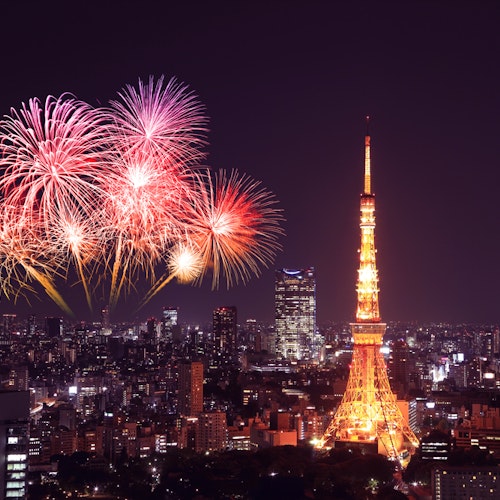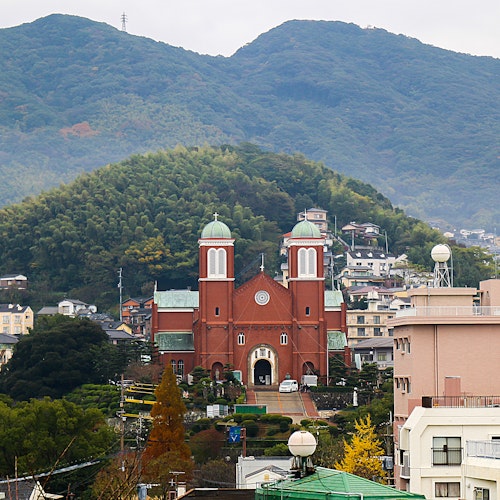
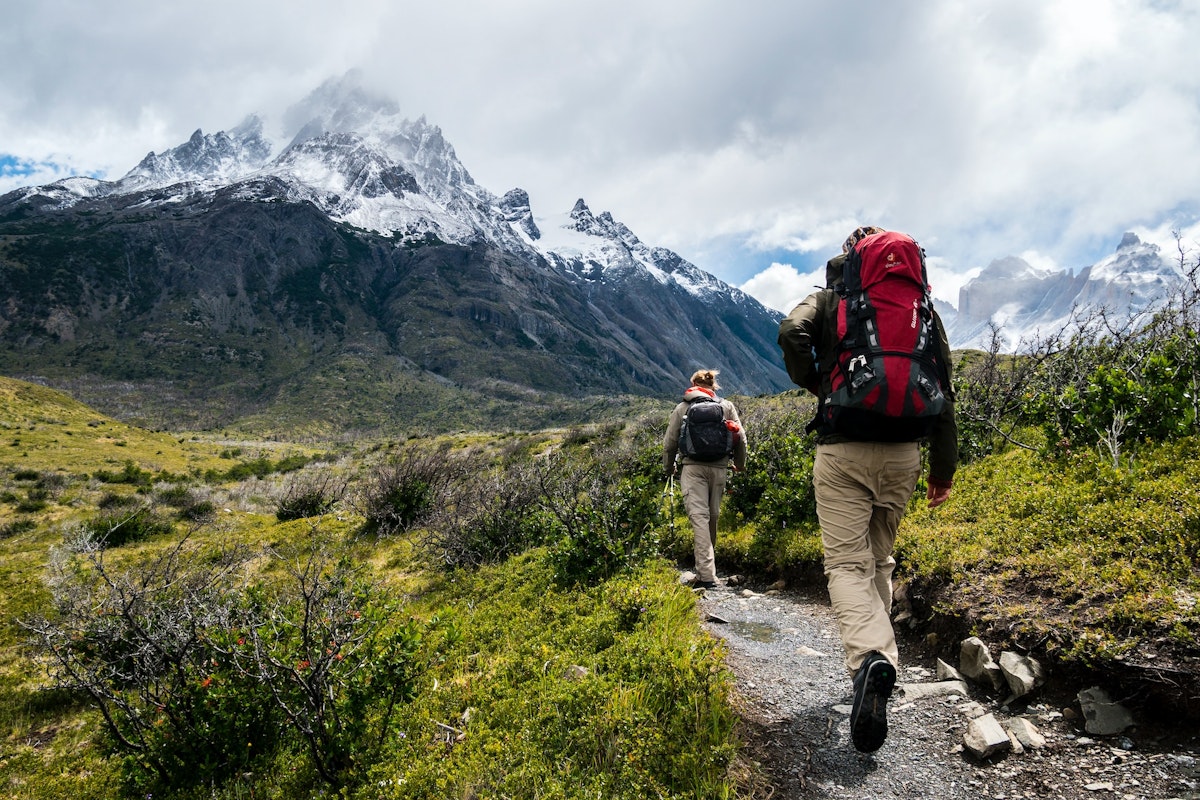
Tucked away in the far East, Japan, a land where ancient traditions and modernity coexist in harmonious balance, is a veritable paradise for outdoor enthusiasts. Blanketed by mountains that cover around 70% of its landscape, the country is a haven for hikers, boasting a diversity of terrains that promises a myriad of unforgettable experiences. Whether you're ascending the iconic slopes of Mount Fuji, exploring the mystical forest trails of Yakushima Island, or tracing the steps of pilgrims along the ancient Kumano Kodo, every hike in Japan invites you into an awe-inspiring narrative of history, culture, and nature's grandeur.
Embarking on a hiking journey through Japan is akin to navigating through a beautifully crafted story, where each chapter offers a new perspective and a deeper connection to this intriguing country. From the panoramic vistas atop the majestic Japanese Alps to the tranquil ambiance of the Oze National Park, the spectrum of Japan's hiking trails provides a captivating exploration into the country's heartland. The ethereal landscapes whisper tales of ancient gods, age-old rituals, and mythical creatures, transporting hikers to a realm where spirituality interweaves with natural splendor. In this guide, we invite you to join us as we traverse through the top 10 must-visit hiking trails and mountain ranges in Japan - a journey that will challenge, inspire, and unveil the compelling blend of serenity and adventure that defines the Land of the Rising Sun.
Japan's hiking culture is as diverse as its terrain, rooted in a long-standing tradition of nature reverence and spiritual pursuits. The country's trails are a testament to this deep connection with the landscape, ranging from sacred pilgrimage routes to adventurous paths scaling towering mountain ranges. These trails, steeped in history and local folklore, draw hikers of all ages, exemplifying the Japanese belief in "Yama-no-Be," or "getting older while climbing."
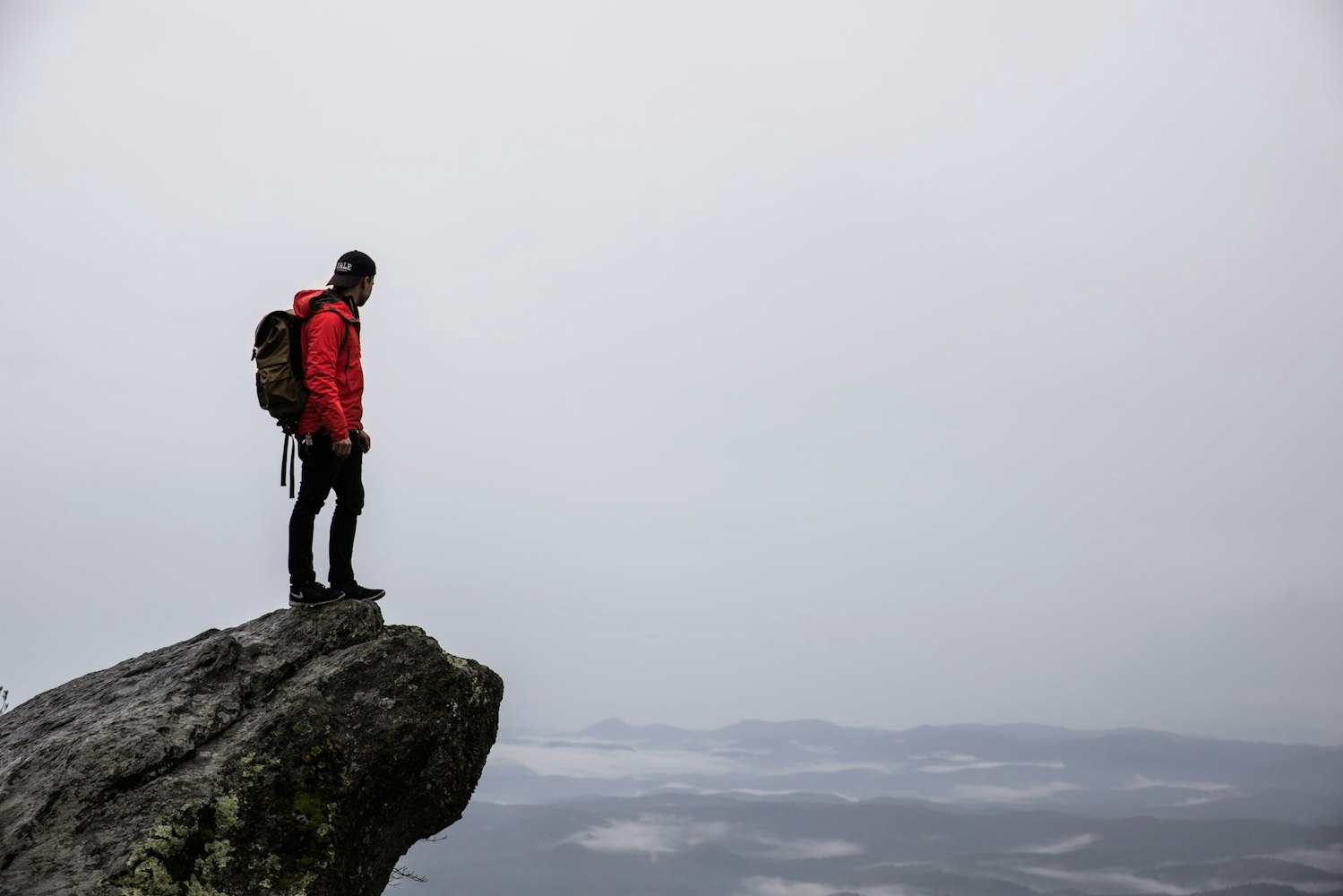
Every trail in Japan tells a tale, some echo spiritual whispers like the ancient Kumano Kodo and Shikoku Pilgrimage routes, while others, like Mount Fuji and the Japanese Alps, celebrate the country's awe-inspiring natural beauty. The more recent concept of "forest bathing" or "shinrin-yoku," has further deepened the cultural connection to hiking, encouraging people to immerse themselves in the restorative energy of nature. As we explore the top hiking destinations in Japan, each provides a unique window into the vibrant tapestry that constitutes Japan's hiking culture.
Mount Fuji, affectionately known as Fuji-san in Japan, is more than just the country's highest peak. The iconic mountain, standing at 3,776 meters, is a symbol of Japan's natural grandeur and a significant spiritual site. Its symmetrical, snow-dusted cone has been the inspiration for countless works of art and literature, cementing its status as a UNESCO World Heritage Site.
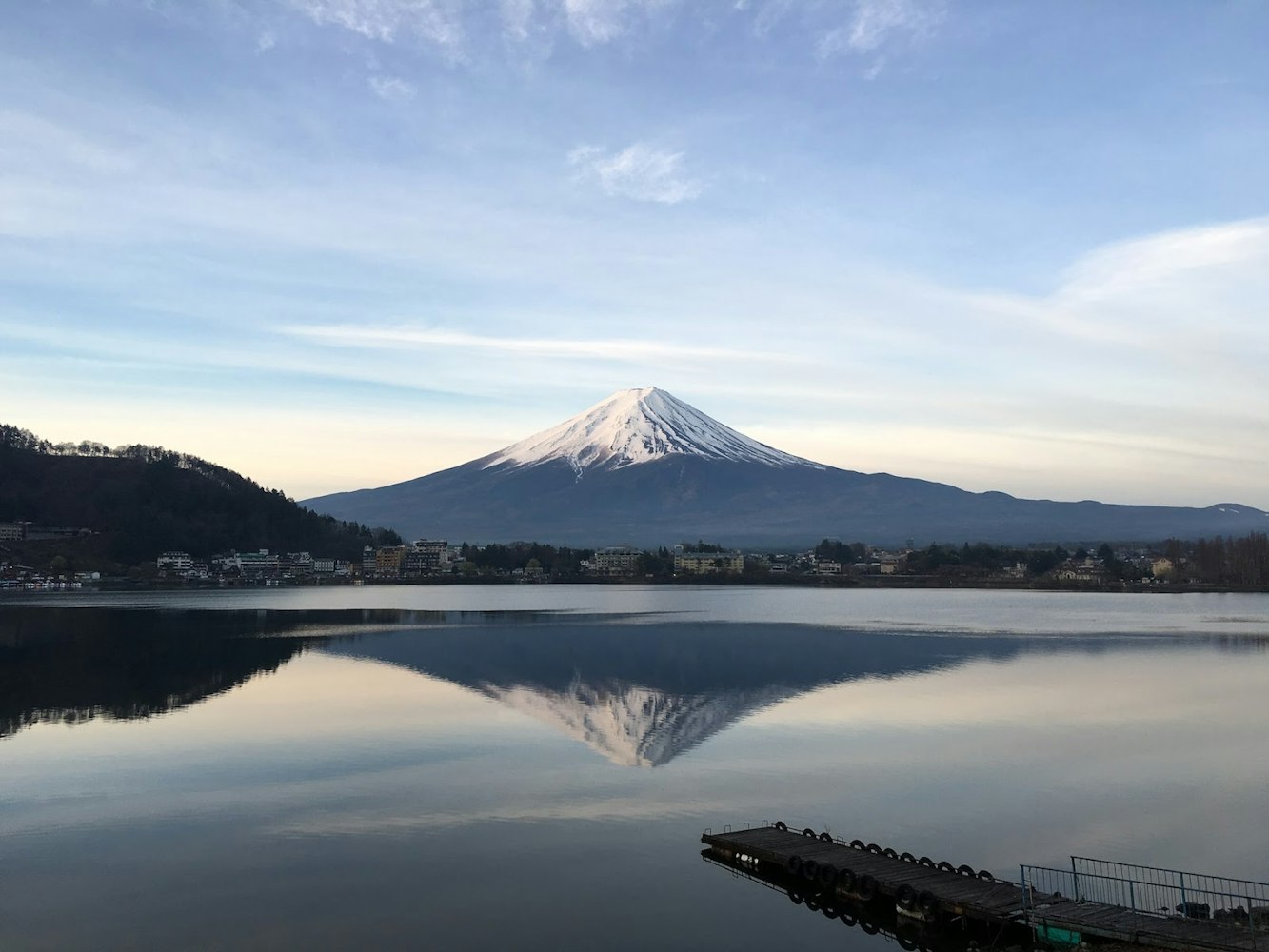
The official climbing season for Mount Fuji spans from early July to early September. Climbers typically start their ascent from the fifth station, with the hike to the summit taking around 5-7 hours. Many hikers opt to climb overnight to witness 'Goraiko,' the awe-inspiring sunrise from the peak. The mountain offers four main routes - Yoshida, Subashiri, Gotemba, and Fujinomiya - each providing unique vistas and experiences. Though the climb is challenging, reaching the summit of Mount Fuji is a deeply rewarding experience and a fundamental part of Japan's hiking culture.
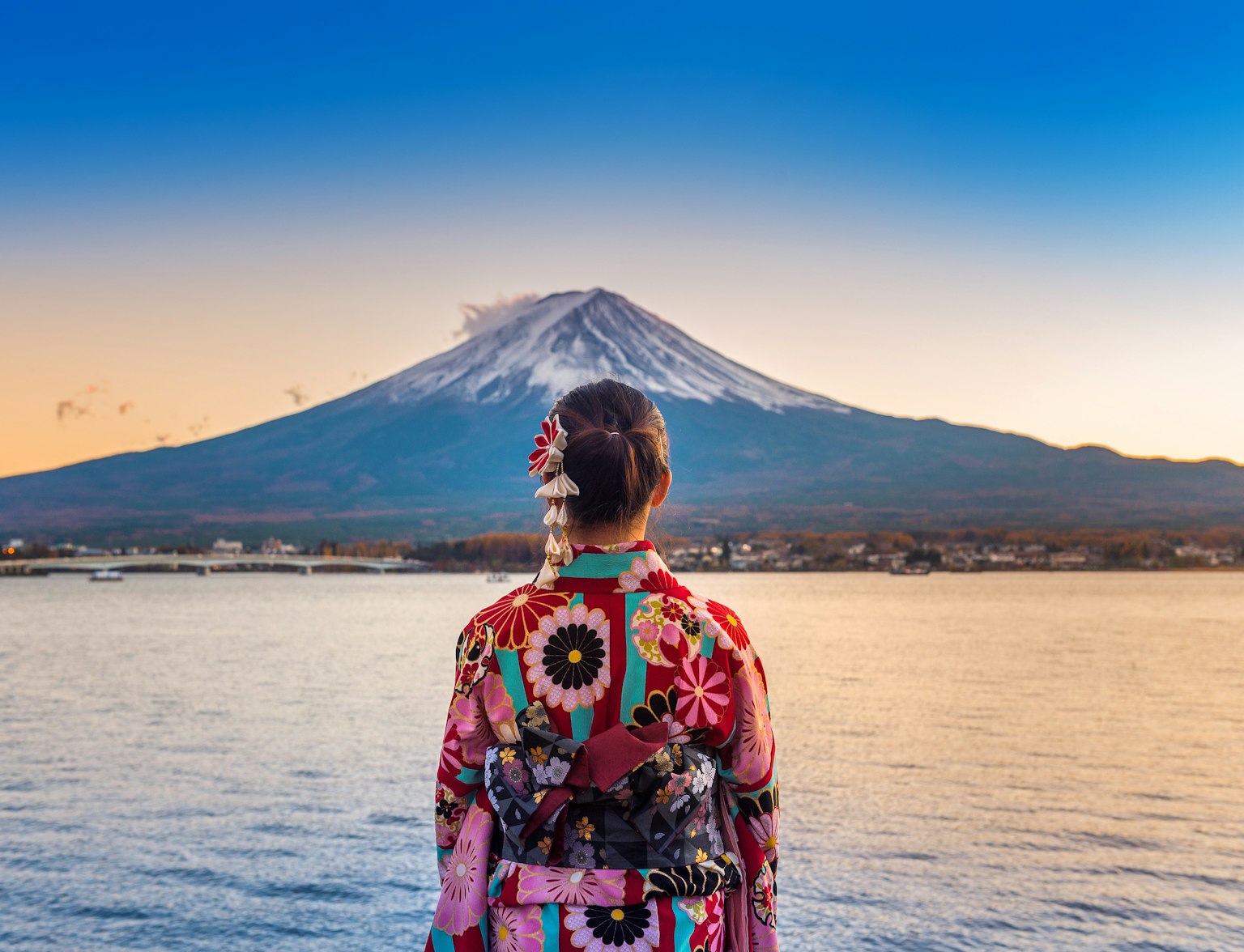
Visit Mt. Fuji 5th Station with this tour.
Stretching across central Honshu, the Japanese Alps encompass three spectacular mountain ranges - the Northern (Hida), Central (Kiso), and Southern Alps (Akaishi). This rugged terrain is characterized by breathtaking, rugged peaks, picturesque valleys, and abundant wildlife, offering some of the most challenging and rewarding hikes in Japan. The Northern Alps, also known as the "Roof of Japan," house some of the country's tallest mountains after Mount Fuji, including the notable Mount Hotaka and Mount Tate. The Central Alps are celebrated for their natural beauty, with Mount Kisokoma being a favorite among hikers, while the Southern Alps, the least accessible of the three, provide remote trails and pristine landscapes.
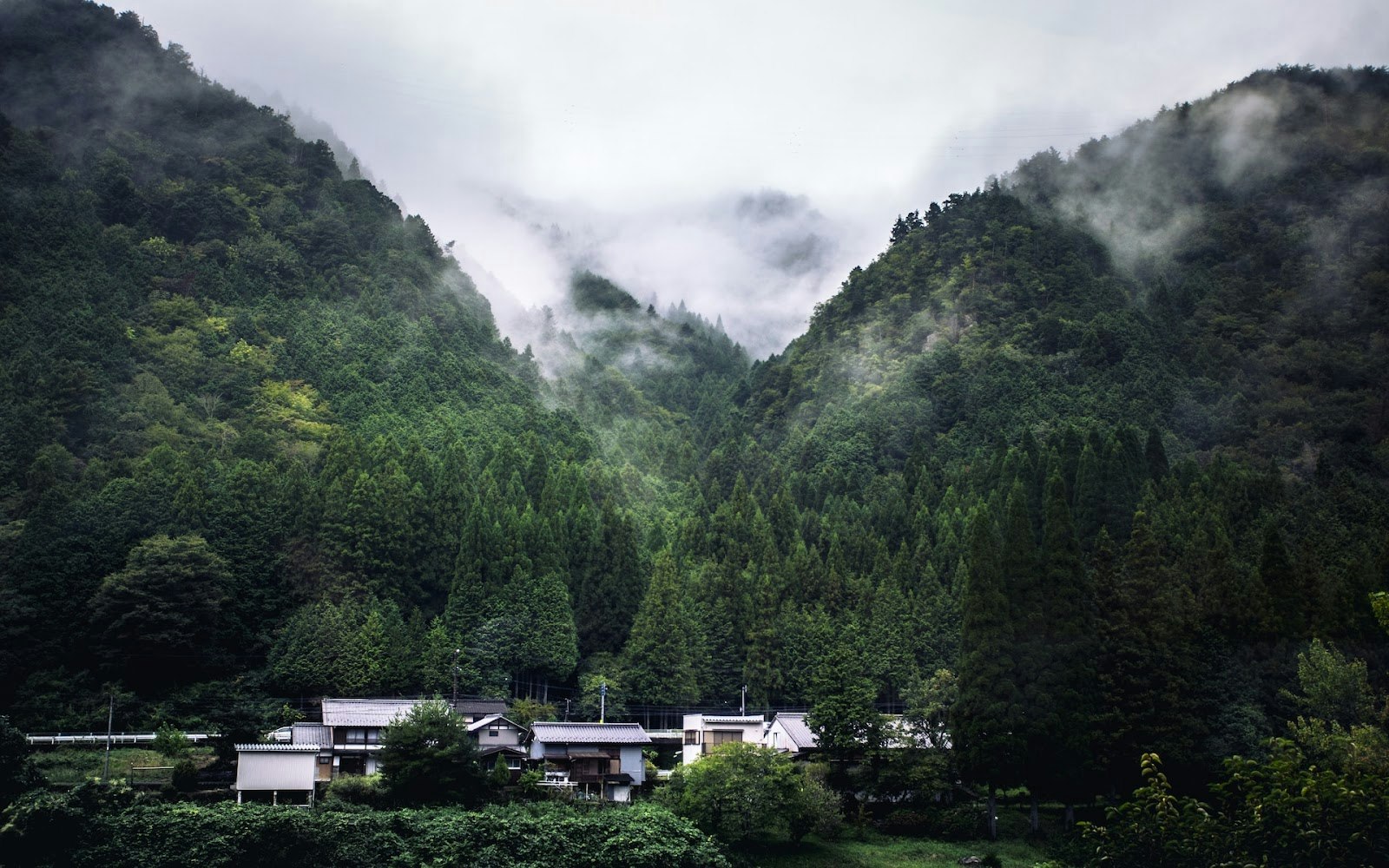
Each range within the Japanese Alps presents a unique hiking experience. The Northern Alps offer the Tateyama Kurobe Alpine Route, a famous trail known for its towering snow corridor in the spring. The Central Alps, with the Komagatake Ropeway, allow easy access to high-altitude hiking, offering panoramic views over the surrounding peaks and valleys. For the Southern Alps, a highlight includes the challenging multi-day hike across the Akaishi Mountains. Please note that these hikes require adequate preparation and should only be undertaken by those with relevant hiking experience. The Japanese Alps, with their rugged beauty and varied trails, encapsulate the adventurous spirit of Japan's hiking culture.
Daisetsuzan National Park, located in the heart of Hokkaido, is Japan's largest national park and a testament to the country's untamed natural beauty. The park spans over 226,764 hectares of pristine wilderness, including volcanic landscapes, lush alpine meadows, and a variety of unique fauna and flora, such as the iconic brown bear and the elusive pika. Daisetsuzan, or "Great Snowy Mountains," is a paradise for outdoor enthusiasts, offering hiking trails that span from leisurely walks to challenging multi-day hikes.
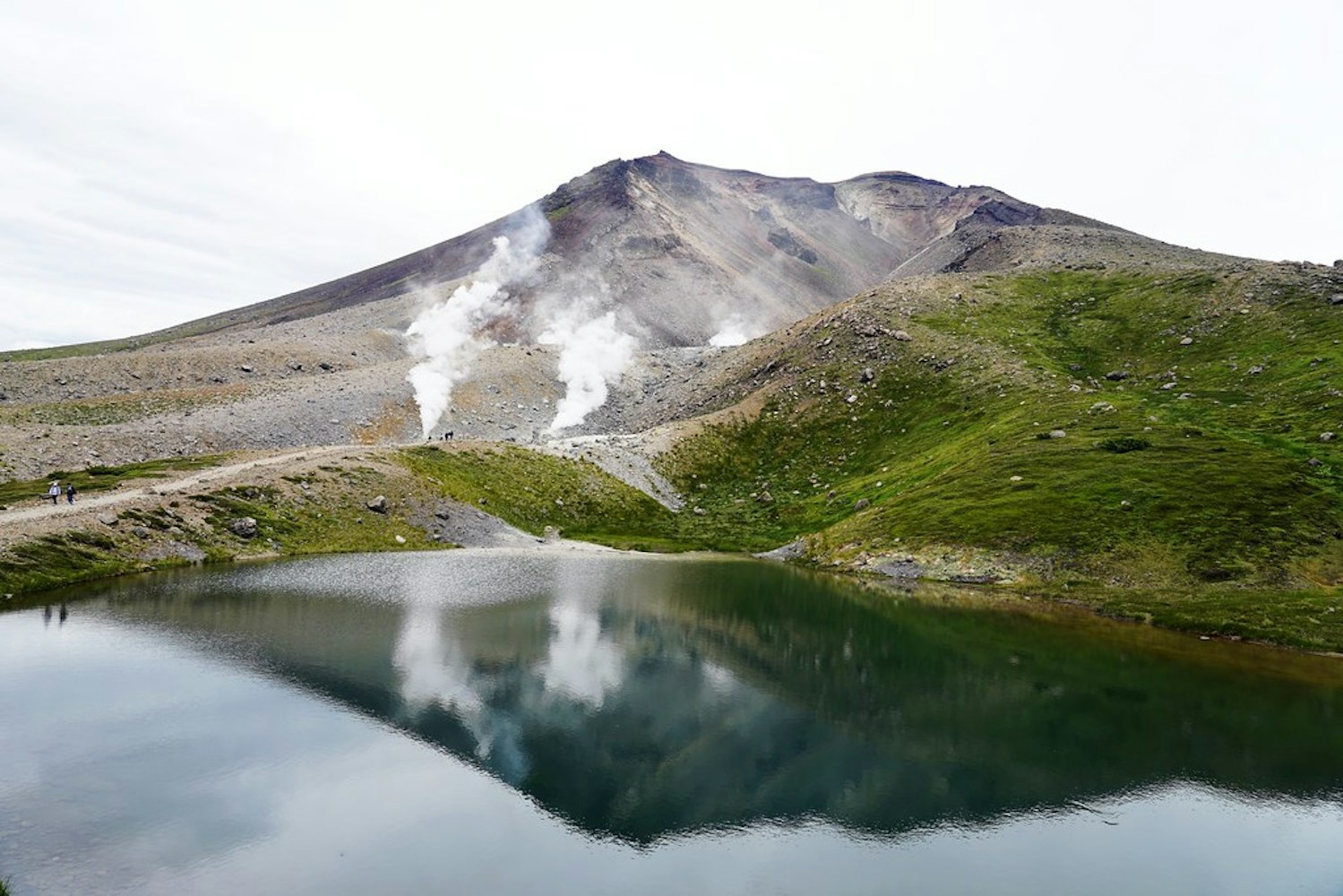
Image Credit: lin Judy(快樂雲)
A highlight within Daisetsuzan National Park is the multi-day traverse that crosses the park's main high peaks, including Asahi-dake, the highest mountain in Hokkaido, and Kuro-dake. This hike offers awe-inspiring panoramic views and a chance to experience the park's varied landscapes. Another notable route is the Ginsendai trail, popular in autumn for its vibrant foliage. The park's diverse trails offer a unique opportunity to experience Japan's northern wilderness at its finest. However, given the park's remote and rugged nature, preparation is key, and hikers should be well-equipped for the weather conditions and potential wildlife encounters.
Yakushima Island, situated off the southern coast of Kyushu, is an enchanting locale renowned for its ancient cedar forests, some of which are believed to be over 7,000 years old. Recognized as a UNESCO World Heritage site, the island is a biodiversity hotspot, home to a unique array of plant and animal species. Its mountainous interior, lush moss-covered forests, and waterfalls have earned it a place in Japanese folklore and were the inspiration for the animated film "Princess Mononoke."
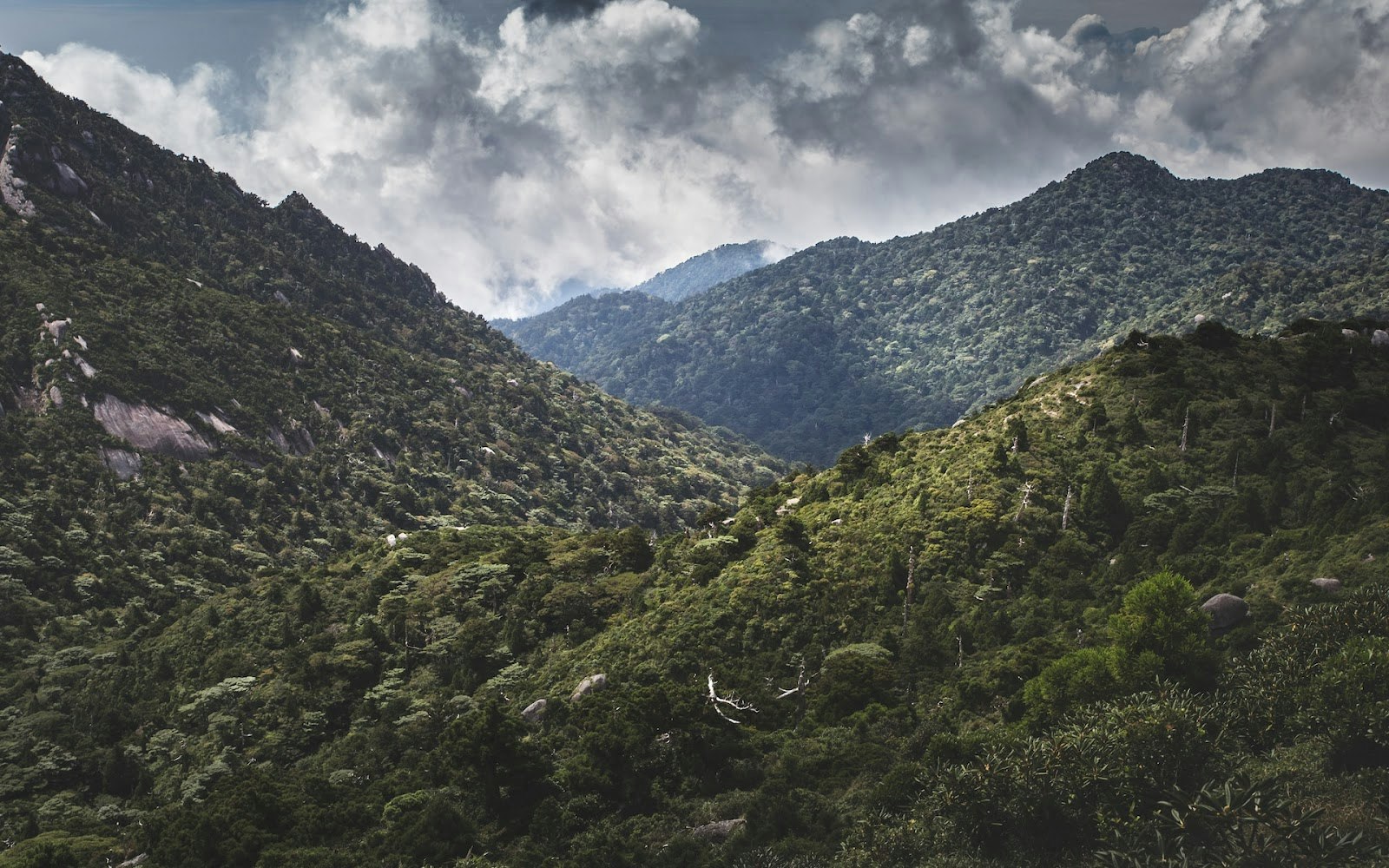
Yakushima offers numerous trails for all levels of hikers, but two stand out for their exceptional beauty - the Jomon Sugi and Shiratani Unsuikyo trails. The Jomon Sugi trail leads to the island's oldest and most famous cedar tree, estimated to be between 2,170 and 7,200 years old. This challenging hike takes approximately 9-10 hours round trip, but the awe-inspiring sight of the ancient cedar is well worth the effort. The Shiratani Unsuikyo trail is a less strenuous option, winding through the mystical, moss-covered forest that inspired the setting of "Princess Mononoke." Whichever trail you choose, hiking in Yakushima offers a unique opportunity to step back in time and experience the magic of Japan's ancient forests.
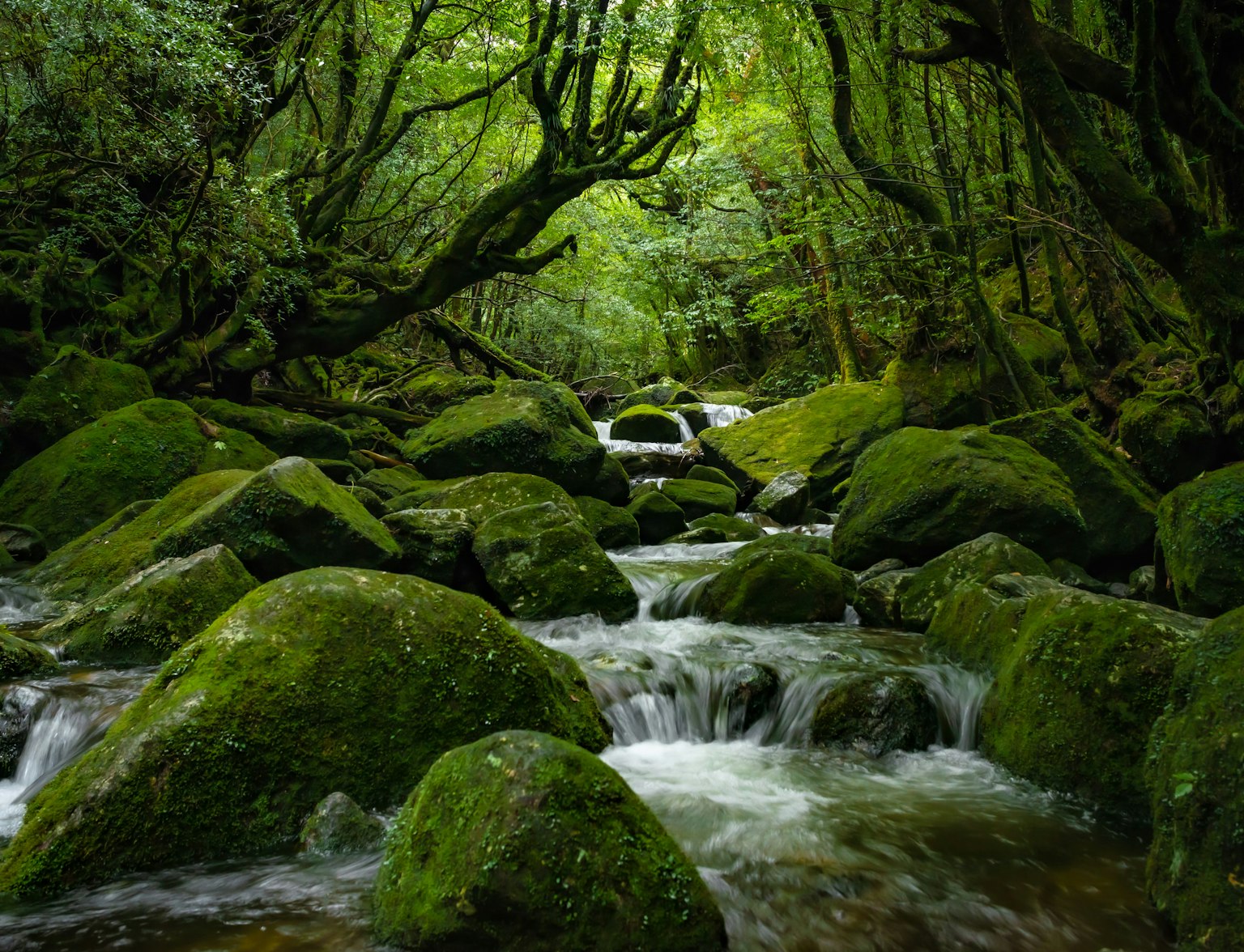
Experience the untouched beauty of Yakushima.
Situated in the Northern Japan Alps of Nagano Prefecture, Kamikochi is a scenic highland valley and one of Japan's premier mountainous destinations. The valley is a part of the Chubu Sangaku National Park and stretches approximately 15 kilometers, flanked by towering peaks, including the active volcano Yake-dake and the iconic Hotaka mountain range. Kamikochi's pristine natural beauty, its emerald green Azusa River, and the serene Taisho Pond create a landscape that has been celebrated in Japanese literature and art.

Several trails of varying difficulty weave through Kamikochi. The flat, easy trail that runs along the Azusa River is a popular choice for families and less experienced hikers, providing excellent views of the Hotaka mountains and the chance to see local wildlife. For more adventurous hikers, the trail to the summit of Yake-dake offers a challenging climb and breathtaking panoramic views.
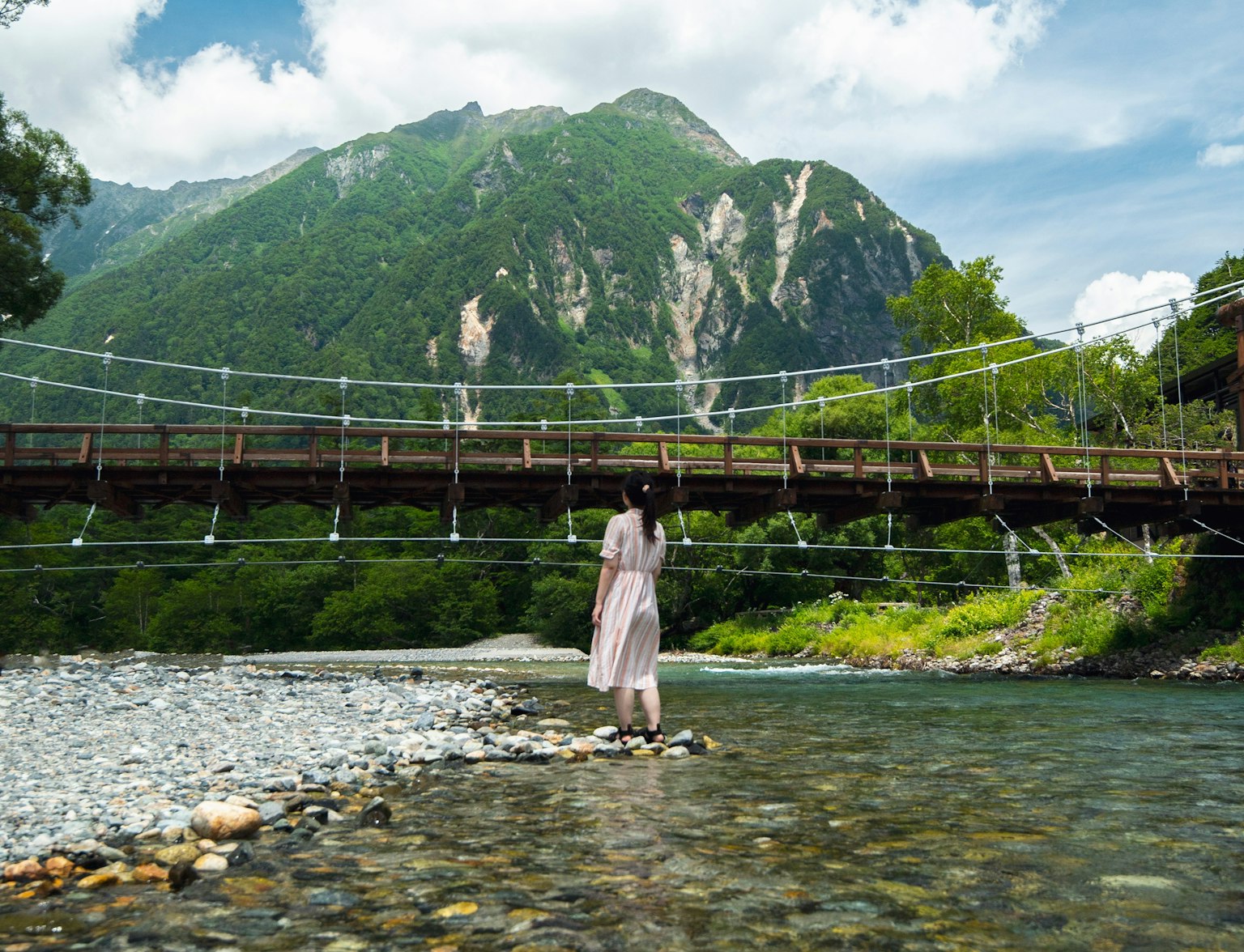
Perfect for nature lovers who want to escape the hustle and bustle of city life.
The Shikoku Pilgrimage Route, also known as the "88 Temple Pilgrimage," is one of Japan's most famous spiritual journeys. The 1,200-kilometer circuit weaves its way through the island of Shikoku, linking 88 Buddhist temples associated with the monk Kūkai, also known as Kōbō Daishi, the founder of the Shingon school of Buddhism in Japan. The route takes pilgrims through a diversity of landscapes - bustling cities, quaint rural villages, and serene mountains, offering profound insights into Japan's spiritual and cultural heritage.
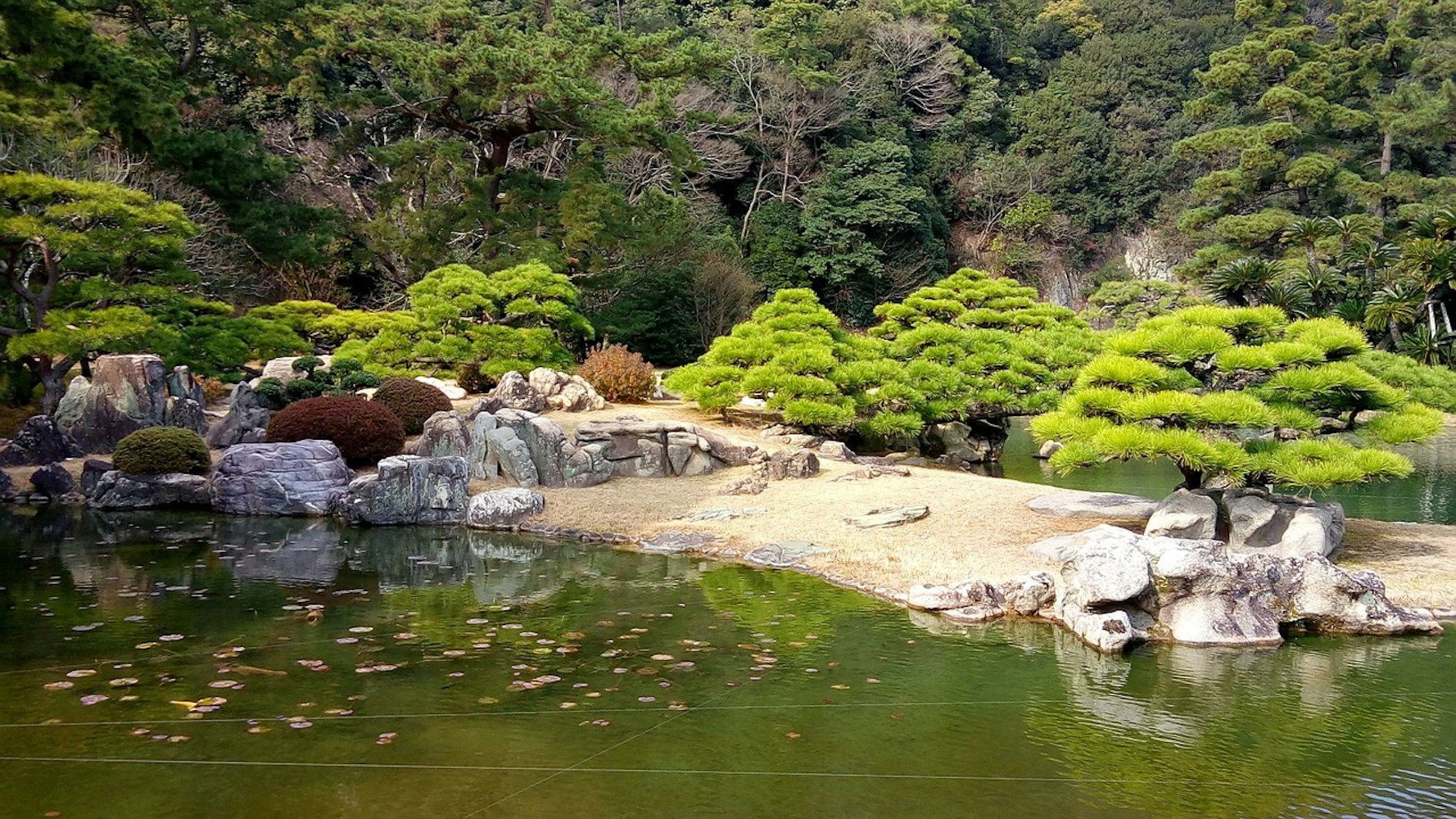
While it's possible to complete the whole pilgrimage, many visitors choose to hike sections of the route. The most popular trails include the rugged mountain path between temples 60 and 61, offering scenic views, and the coastal trail between temples 24 and 25, known for its tranquility. If you're planning to hike, ensure you're adequately prepared for the terrain and weather conditions - and don't forget to carry an osame-fuda or name slip to leave at each temple as a sign of your visit. As you journey from temple to temple, you'll experience not only the physical challenge but also the spiritual introspection that makes the Shikoku Pilgrimage a truly transformative experience.
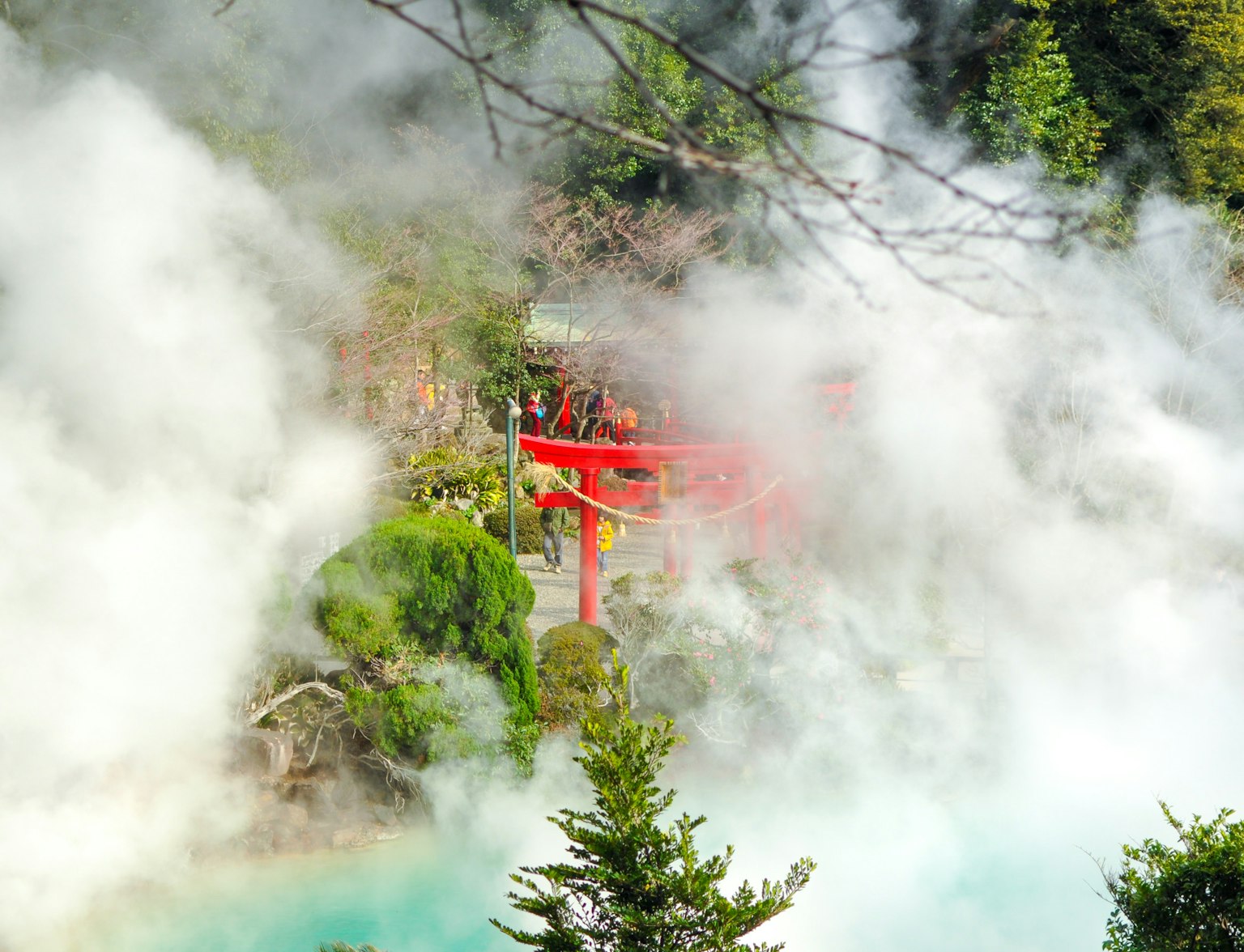
Explore Shikoku with this tour.
Mount Koya, or Koyasan, is a sacred mountain located in Wakayama Prefecture, serving as the spiritual heartland of Shingon Buddhism in Japan. Established by Kobo Daishi (Kukai) in the 9th century, Koyasan is a UNESCO World Heritage Site and a major pilgrimage destination. The mountain is home to a monastic complex, where visitors can stay in temple lodgings and participate in Buddhist practices, enhancing the spiritual dimension of their visit.
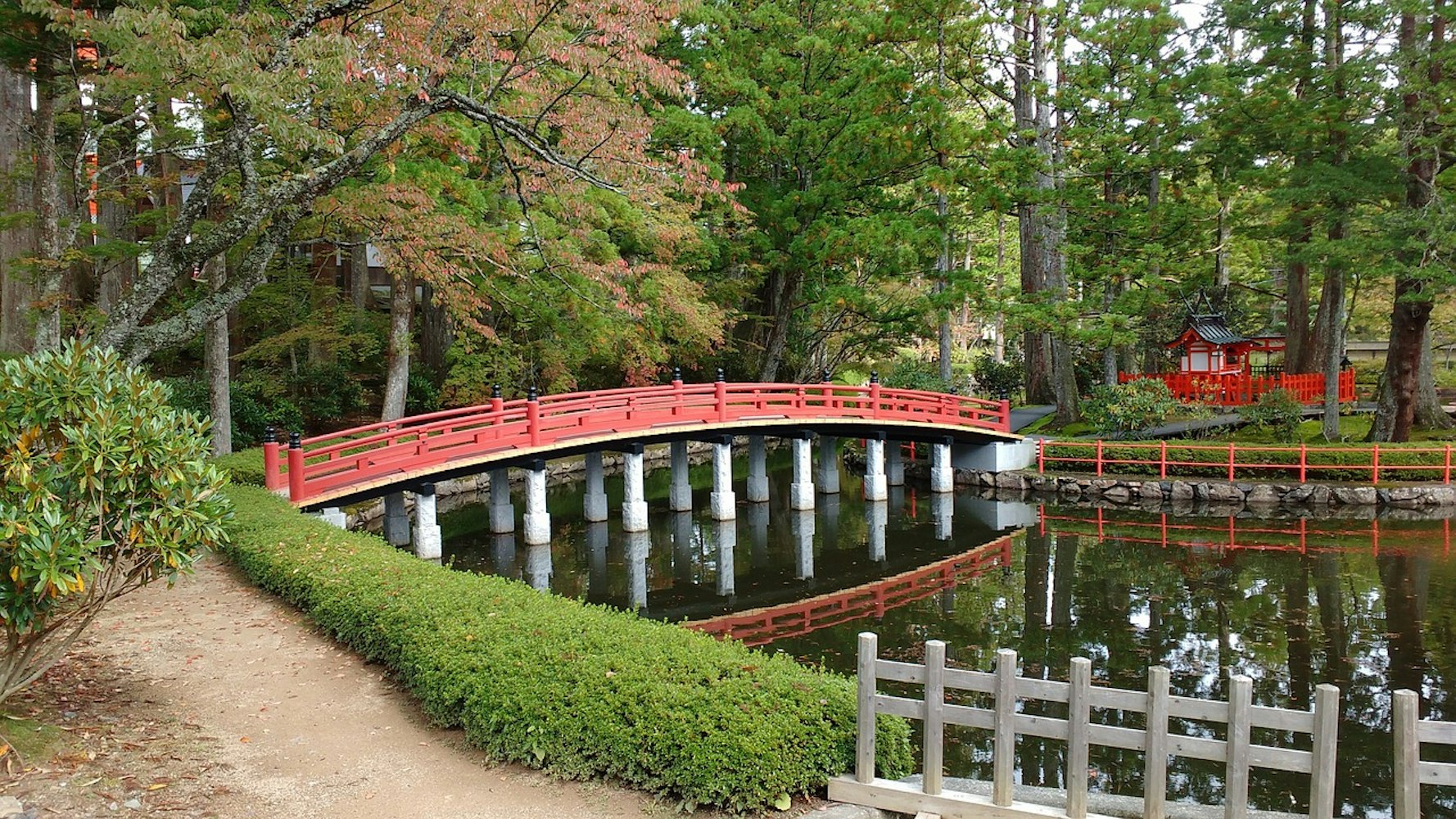
The Choishi Michi trail is the traditional pilgrimage route leading up to Mount Koya. The trail begins in the town of Kudoyama and is marked by 180 "choishi" or stone markers placed at approximately 109-meter intervals, representing the 108 earthly desires in Buddhist belief. Hiking the Choishi Michi trail is a journey into the rich spiritual history of Japan. Spanning about 24 kilometers and taking roughly 7 hours to complete, the trail weaves through dense forests and mountainous terrain before culminating at the Okunoin cemetery, Japan's largest, housing Kobo Daishi's mausoleum.
The Kumano Kodo refers to a network of ancient pilgrimage routes spread across the Kii Peninsula in southern Wakayama. The trails have been a spiritual path for over a millennium, leading to the three Grand Shrines of Kumano - Hongu Taisha, Hayatama Taisha, and Nachi Taisha. As a UNESCO World Heritage site, Kumano Kodo is one of the two pilgrimage routes in the world to receive such a designation, the other being the Camino de Santiago in Spain.
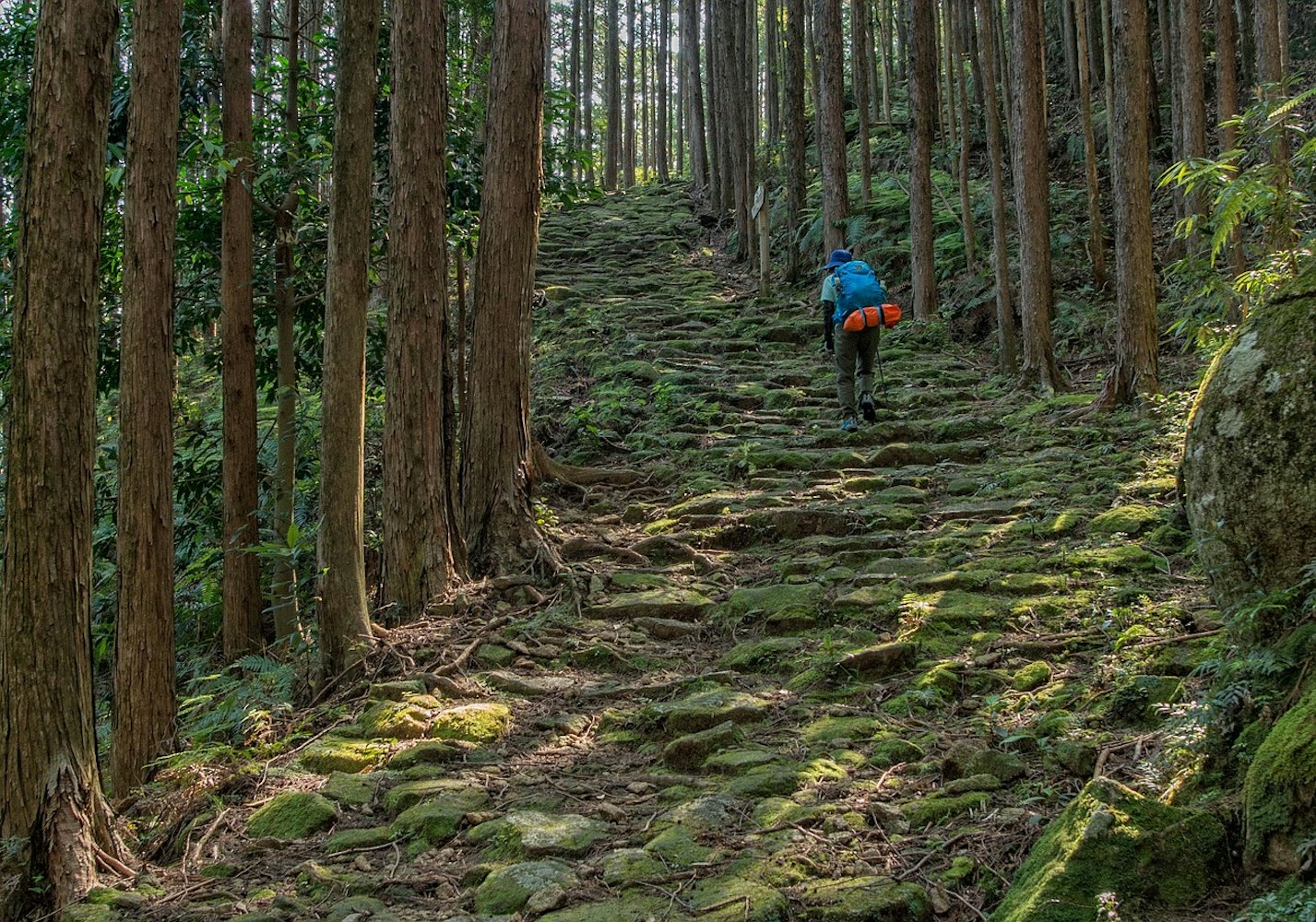
Image Credit: Kanenori
The Kumano Kodo is composed of several routes, each offering distinct experiences. The Nakahechi route, the most popular among them, starts from the town of Tanabe on the western coast of the Kii Peninsula and traverses a mountainous region to reach the Grand Shrines of Kumano. The Kohechi route connects Koyasan and the Kumano Sanzan and is a more challenging trail requiring multi-day trekking over mountainous terrain. The Iseji route, on the eastern coast of the peninsula, provides beautiful coastal views and passes through scenic tea fields.
Mount Hiei, straddling the border between Kyoto and Shiga Prefectures, is a significant site in Japanese history. Known as the mother mountain of Japanese Buddhism, it is home to the Enryaku-ji Temple, the headquarters of the Tendai sect founded by Saicho in 788 AD. The mountain and its historical sites have been recognized as a UNESCO World Heritage Site as part of the Historic Monuments of Ancient Kyoto. Mount Hiei's rich cultural heritage is matched by its natural beauty, offering panoramic views over Kyoto and Lake Biwa, Japan's largest freshwater lake.
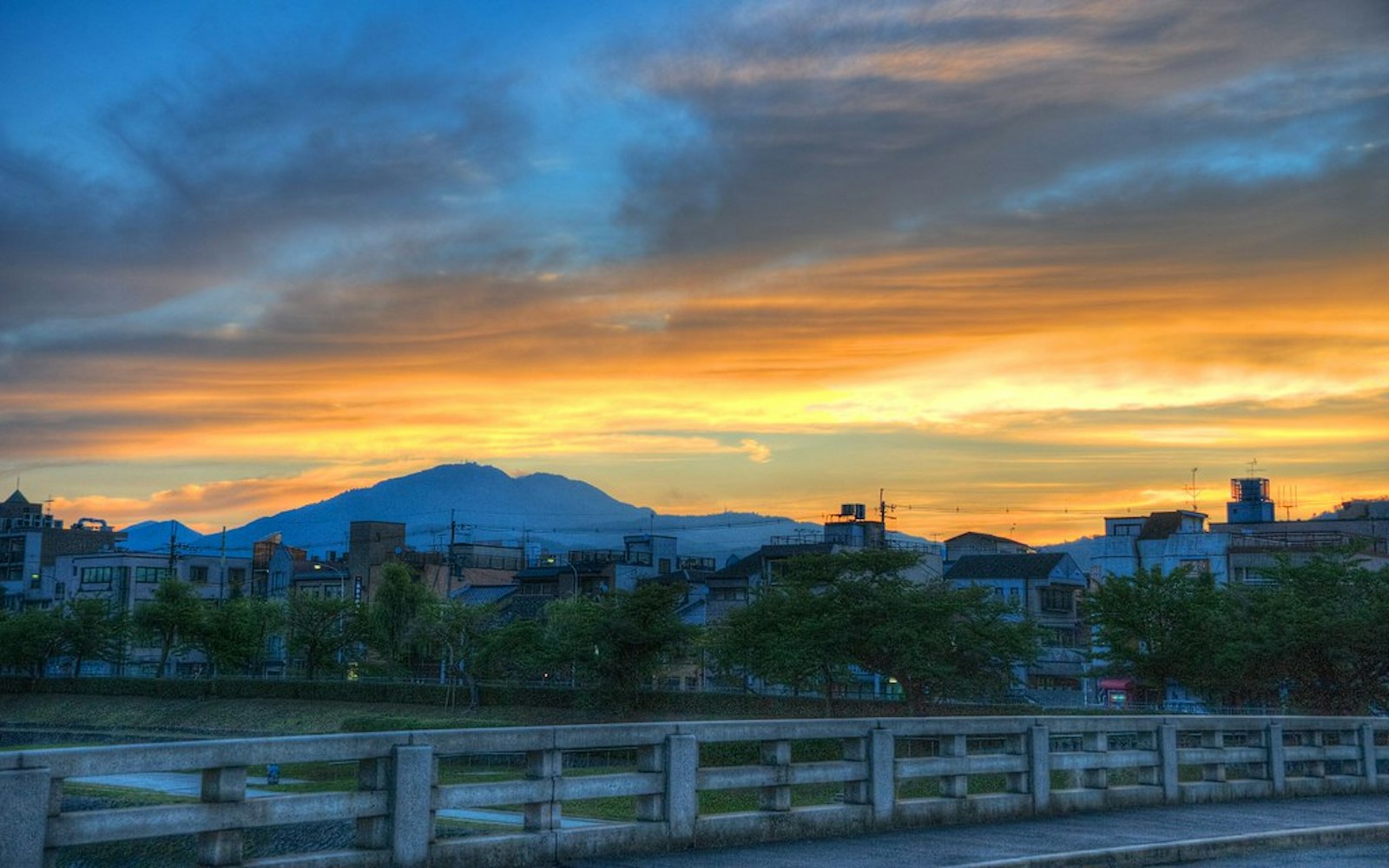
Image Credit: Shibuya246
The mountain is crisscrossed with several hiking trails, ranging from gentle walks to more strenuous ascents. One popular route starts at the base of the Kyoto side and follows the historical pilgrimage path to the summit, taking around three hours. This trail passes through dense forests, opening out at the summit to offer spectacular views. Highlights include the historic Enryaku-ji Temple complex, the Garden Museum Hiei, and the beautiful surrounding forest.
Oze National Park, spanning four prefectures - Gunma, Fukushima, Niigata, and Tochigi, is one of Japan's most cherished natural landscapes. The park is known for its expansive highland marsh, the largest in Japan, surrounded by magnificent mountain peaks. During the warmer months, the park bursts into color with blooming skunk cabbages and red-leafed autumn grasses, making it a popular destination for nature lovers and hikers.
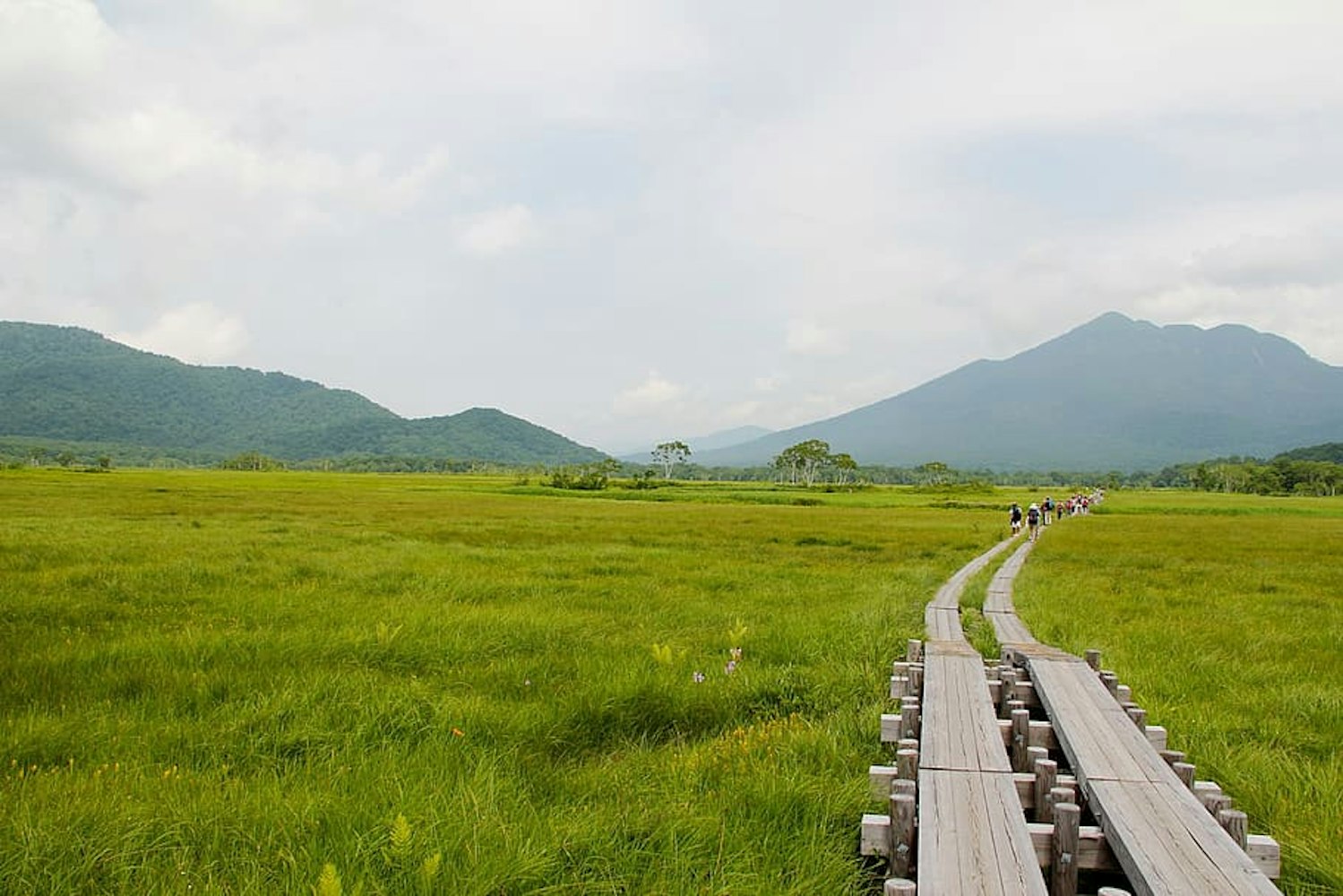
Hiking is a favored activity in Oze National Park, with well-maintained boardwalk trails allowing visitors to traverse the marshland without disturbing the delicate ecosystem. The primary trail runs from Hatomachitoge to Numayama Toge via the Ozegahara Marshland and Ozenuma Pond, offering breathtaking views of the park's unique scenery. For the more adventurous, the challenging hike to the summit of Mount Shibutsu provides panoramic vistas of the surrounding area.
In the heart of Japan's dynamic evolution lies its deep-rooted connection to nature, reflected in the nation's awe-inspiring hiking trails and mountains. Each route presents a unique blend of scenic beauty, historical significance, and cultural immersion, offering opportunities for transformative experiences. Whether you are a seasoned hiker seeking thrilling challenges or a casual walker wishing to engage in peaceful strolls amidst serene landscapes, Japan's trails and mountain ranges provide an escape like no other.
Japan's topography, as varied as it is beautiful, beckons outdoor enthusiasts from across the globe. From the iconic slopes of Mount Fuji to the ancient pilgrimage routes of Shikoku and Kumano Kodo, the misty forested island of Yakushima to the marshlands of Oze National Park, there's a trail that caters to every hiker's dream. Each trail is imbued with its distinctive charm and story, waiting to be explored, experienced, and cherished. So pack your hiking gear and let the adventure unfold as you embark on these unforgettable journeys across Japan's spellbinding landscapes.

